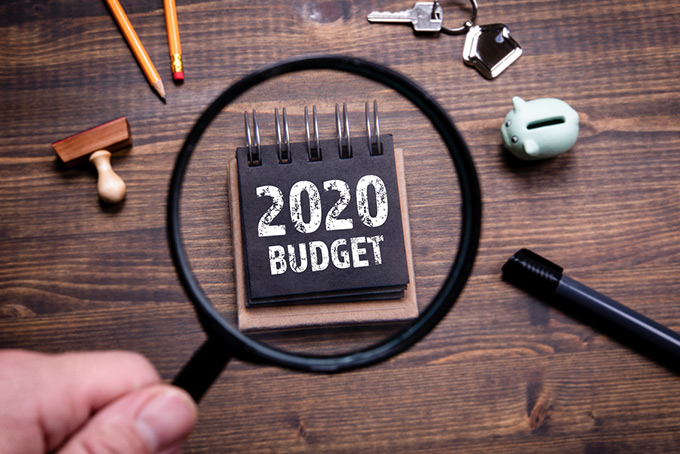When it comes to personal finance in the 21st century, credit cards are in-arguably one of the most common tools that consumers use. You’d be hard-pressed to find an adult today without one in his or her wallet. But that doesn’t mean that we all completely understand the implications of these important pieces of plastic.
Let’s take a moment to dispel four common myths about credit cards.
MYTH 1. It’s smart to limit myself to only one credit card.
This sounds like a reasonable assumption: With only one credit card, you only have one account to manage and only one bill to remember. You also only have one pool of funds to pull from, which can keep your spending limited. But such “safeguards” might also be limitations for your credit score. Having just one card is not a problem if you don’t charge more than 30% of the available credit limit – and pay off your balance in full each month. But being a single-card carrier can be problematic when it comes to your credit utilization (or the amount of available credit you are using).
his ratio measures your outstanding balance to your limit – and makes up 30% of your credit score.
Let’s say your card limit is $10,000 and you typically charge $9,000 on the card. Even though you diligently pay it off in full each month, it would still show your utilization at 90%. Depending on your billing cycle, your bank might report your balance to the credit scoring agencies when your balance is highest, before you’ve paid off your monthly statement. So the scoring agencies see that you regularly come close to your limit each month. With such a high utilization rate, your credit score will likely take a hit. If you have two or three credit cards to spread out your purchases – and, of course, pay off every balance in full – you’ll maintain a lower ratio and stronger credit score.
MYTH 2. I can miss a couple of payments without damaging my credit score.
You’re usually responsible about making your credit card payments… except for that one time… and that other time. So you don’t need to worry about your credit score taking a plunge after “just this one time.” Right?
If this describes you, seriously consider setting up automatic bill pay because the cold hard truth is that every missed (or late) payment knocks down your score. And it’s actually worse the more “responsible” you are: If you have a high credit score (700 or more), you could be looking at a score deduction of more than 100 points! Compare that to someone with a lower score – such borrowers are almost “expected” to miss a payment or two and, as a result, may only lose 60 points.
MYTH 3. Transferring my balance to a lower-interest-rate card will save me a ton of money.

There are some clear plusses to balance transfers, especially when you move your balance from a high-interest account into one offering no interest for an introductory period. This no-interest period can also be a strong motivator to pay off your balance before interest charges kick in. You can calculate exactly how much you’ll need to pay each month to reach zero before your card begins to charge interest – and sticking to that payment schedule means you’re certain to pay it off by a set date
But lenders charge a fee to initiate a balance transfer, so you really need to calculate whether it’s worth it. It’s not unheard of to see transfer fees as much as 5% of the balance you’re moving – which means that if you’re transferring, say, $5,000, you’ll end up paying a $250 transaction charge. If your transfer will end up saving you at least that much in interest, it’s a good deal. If not, don’t waste your time and money. And keep in mind that zero interest is typically only available for borrowers with an impeccable credit history.
MYTH 4. I’ll never get my bank to lower my fees or increase my credit limit.
Many cardholders have a conception of banks (and bankers) that they are strict and rigid: You either accept their terms or find a different lender. In today’s competitive market, though, customer service is an important part of their business. This means that banks are prepared to be a bit more flexible, especially if you have a good track record of (mostly) on-time payments.
Of course, this isn’t something that banks promote. But sometimes, all it takes is a phone call to your lender. Ask for a specific change, such as a lower interest rate, by mentioning some attractive competing offers you’ve received from other banks. Explain that you’re a loyal customer, but you’re weighing your options. More often than not, they’d rather make a slight adjustment than lose you as a customer.
Responsible credit card use takes practice. If you’re out of practice, or you’ve fallen into bad habits, don’t hesitate to contact DebtGuru.com. One of our friendly advisors will be happy to discuss your unique situation and coach you through a plan to regain your strong financial footing, starting with your credit card behaviors.
